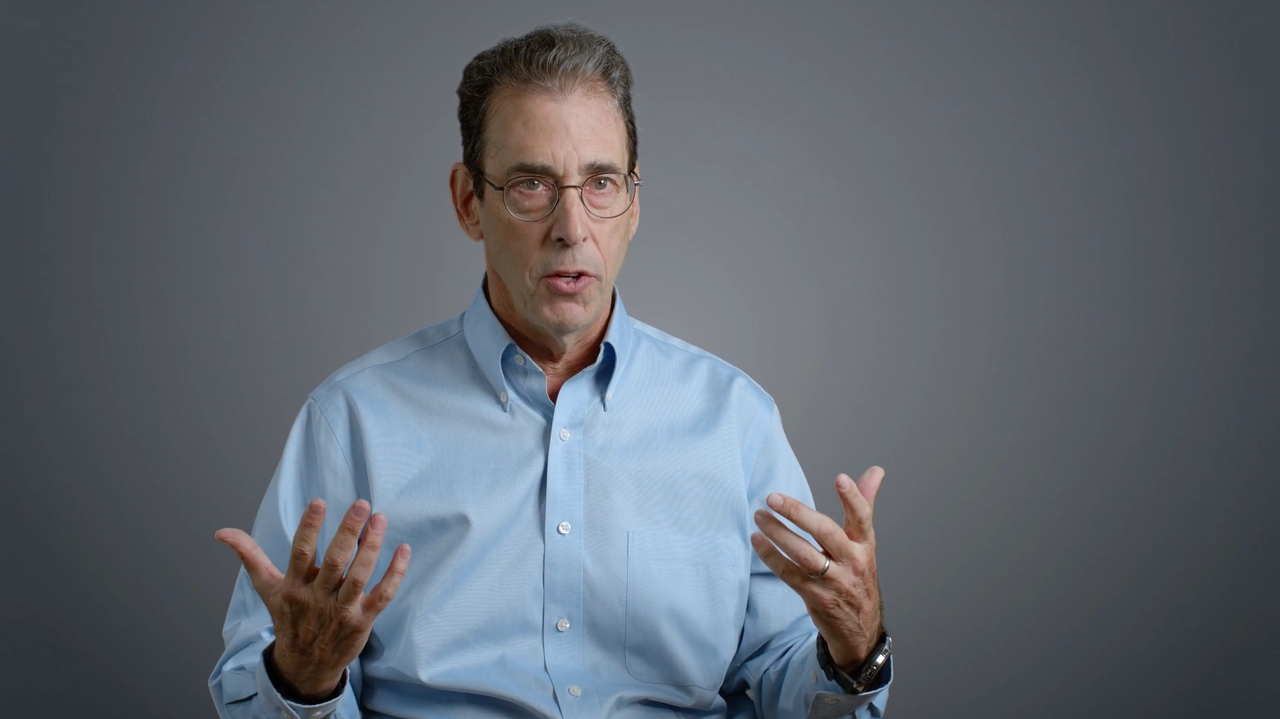Active Surveillance
For men with very low- or low-risk disease, active surveillance is now the preferred standard of care. Over 30% of men diagnosed with prostate cancer have slow-growing tumors that are best managed with active surveillance rather than undergoing immediate treatment.
Active surveillance is not “never treatment,” but rather a way to follow the cancer closely so that treatment is started only if—and when—it may be needed.
Active surveillance is based on data showing that low-risk prostate cancer grows slowly, with low rates of metastasis (spread), and is unlikely to cause harm within a man’s lifetime. This is important because both surgery and radiation—which are the most common treatments for localized prostate cancer—can have side effects that decrease a man’s quality of life.
What happens when I’m on active surveillance?
Patients on active surveillance will usually have a PSA blood test done twice per year, an annual digital rectal exam (DRE), and repeat biopsies generally every 1 to 5 years. The frequency of biopsies can vary based on patient age, how fast the PSA is rising, and other factors. MRI may also be used to help monitor the cancer and guide timing and decision for repeat biopsies. Generally, MRIs are performed every two years to monitor any changes in the prostate.
The advantage of active surveillance is that you may be able to maintain quality of life while being sure to identify high-risk prostate cancer if it develops. A patient with low-risk cancer may be able to stay on active surveillance for many years, thus delaying bowel, bladder, and sexual treatment-related side effects. If—or when—test results indicate that your cancer has begun to progress, you still have surgery or radiation therapy as treatment options. Choosing active surveillance entails accepting that you will undergo repeat biopsies and/or MRIs in the future.
Remember: the key to successful outcomes is to make sure you are monitored regularly and carefully for signs of progression.
For men who might have a shorter life expectancy, either because of older age or because of other medical problems, active surveillance, which involves frequent testing, may actually be unnecessary. For these men, a more passive approach called watchful waiting may be more appropriate: non-curative or palliative treatment is begun only if the cancer starts to cause symptoms.
Questions to Ask Your Doctor if You are Considering Active Surveillance
- What is my baseline PSA number, and what number would be concerning?
- When will I need a repeat prostate biopsy, and will we need an MRI beforehand to help guide my biopsy targeting?
- What are my options if a future test indicates that the disease has become aggressive?
- What are the chances that my cancer will progress in the next 10 years if I defer immediate treatment?
- How does my family history of cancer factor into this decision and the risk of progression?
- Should I have genetic testing for an inherited mutation?
- Are there other tests I should have that would help us make a decision?
- Are there proactive changes to my health habits that I should consider?
The bottom line: if you are diagnosed with very low- or low-risk prostate cancer, talk to your doctor about active surveillance.
Last Reviewed: 12/2023






